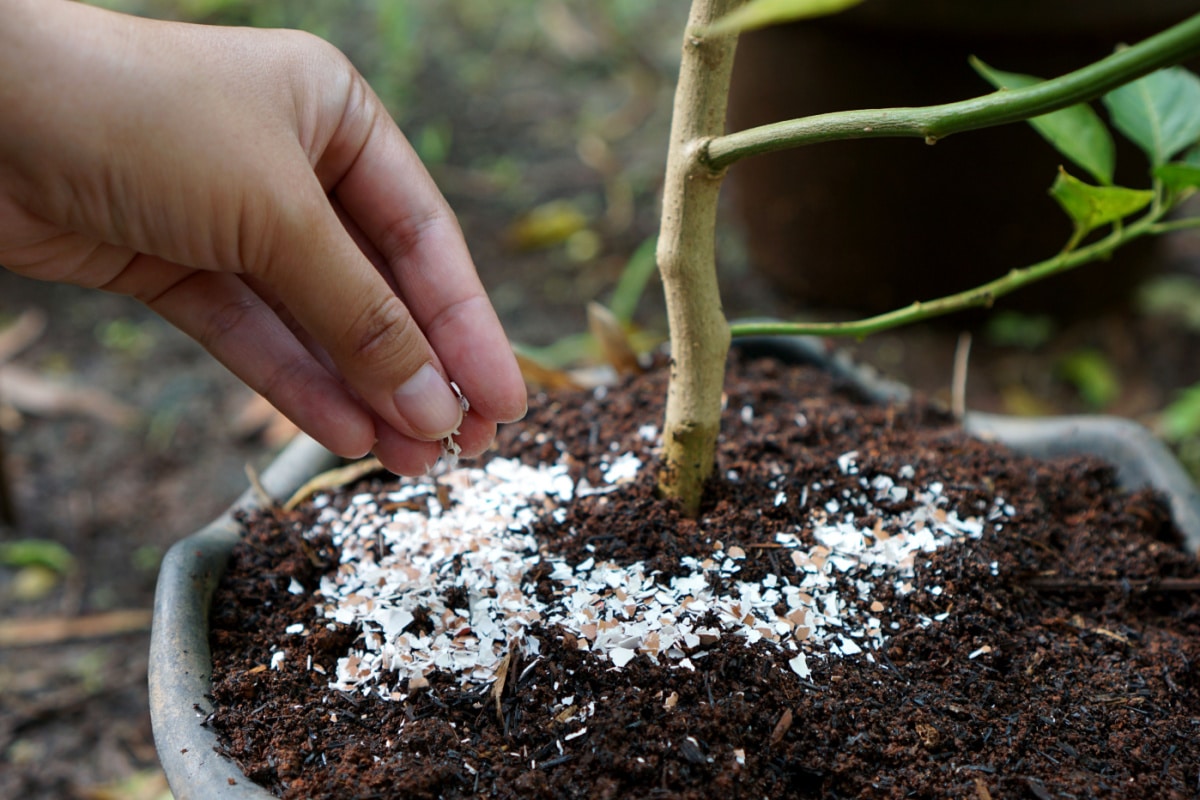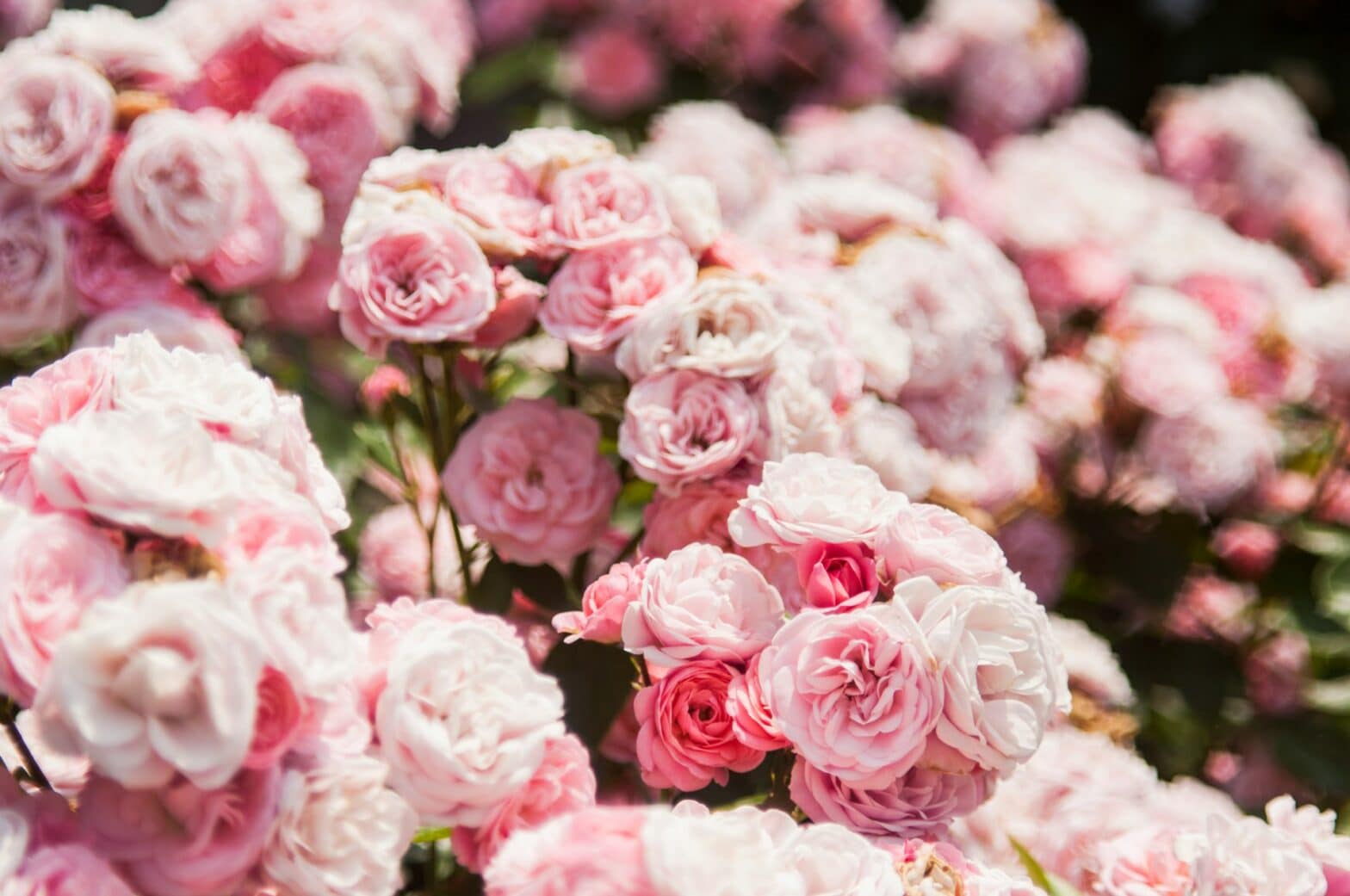The month of March is a key time for taking care of your roses. Indeed, with the arrival of spring, it is time to prepare and maintain these beautiful flowers so they remain attractive and vigorous throughout the season. In this article, we present 5 essential care to provide to your roses in March to prepare them for the spring in the best possible way.
1. Prune your rose bushes
Pruning your rose bushes is a crucial step that will allow your plants to develop correctly and to bloom generously during the beautiful season. The pruning should be done every year, usually between February and March. You should then cut dead, diseased or too thin branches to promote the growth of new shoots and ensure a harmonious shape to the plant.
Here are some tips for properly pruning your rose bushes:
- First, check the general condition of the plant and remove any dead, damaged or diseased wood.
- Prune the main and secondary branches to about 15-20 cm from the ground for bush roses and to about 30-40 cm for stem roses.
- Cut the branches about 5 mm above an outer bud, at an angle and in the opposite direction to the bud, to promote outward regrowth.
- Remove the suckers, these vigorous shoots that come from the bottom of the plant and suck the energy of the rose bush without producing flowers.
2. Clean the floor around your rose bushes
During the winter, plant debris can accumulate around your rose bushes, creating a fertile soil for diseases and pests. In order to prevent these problems, it is essential to clean the soil at the base of each rose bush from the beginning of spring.
Some steps to follow to properly clean your floor:
- Manually remove all plant debris (dead leaves, broken branches, etc.) that are near your rose bushes.
- With a hoe, aerate and lightly break up the surface of the soil to facilitate the penetration of water and nutrients.
- Apply a preventive treatment against diseases and pest insects as needed, respecting the instructions on the packaging of the product used.
3. Provide fertilizer to your roses
The fertilizer is essential to ensure good growth for your roses and allow them to produce beautiful flowers throughout the season. Choose a specific fertilizer for roses, rich in nutrients necessary for their proper development. A supply of fertilizer is generally recommended from March, then again after the first flowering and finally in autumn.
How to use fertilizer:
- Respect the doses recommended by the manufacturer to avoid an overdose that would be harmful to the plants.
- Spread the fertilizer around the base of each rose bush, making sure not to put it in direct contact with the stems or roots.
- Gently incorporate the fertilizer into the soil with a hoe or rake, then water immediately to promote its dissolution and absorption by the roots.

4. Water your roses regularly
With the warming of temperatures and the resumption of plant growth in the spring, it is crucial to water your roses regularly to ensure a sufficient and constant water supply. Indeed, roses are thirsty for water, especially during their flowering period.
However, be careful: it’s important not to overwater your roses, as this could lead to the appearance of fungal diseases such as mildew or gray rot. Therefore, make sure to properly dose the watering and adapt it to the climatic conditions and the nature of the soil in your garden.
5. Treat pests and diseases
Rose bushes are often the target of harmful insects and diseases that can harm their health and beauty. From the start of spring, it is therefore important to regularly monitor your plants in order to quickly detect any signs of infestation or the onset of disease.
Preventive and curative treatments:
- Treat your rose bushes preventively with a suitable fungicide and/or insecticide product, making sure to follow the usage recommendations mentioned on the packaging.
- Regularly inspect your plants to quickly identify any potential signs of disease (spots, leaf deformities, etc.) or the presence of pests (aphids, scale insects, mites, etc.).
- In case of confirmed infestation, immediately treat the affected rose bush with an appropriate product, ensuring to respect the dosages and precautions for use indicated by the manufacturer.
By following these tips and providing the required care to your rose bushes from the month of March, you help to create the conditions favorable for their good growth and the production of magnificent flowers during the season. Do not hesitate to refer to the instructions provided by rose growers and specialists to tailor treatments and care depending on the varieties in your garden.

